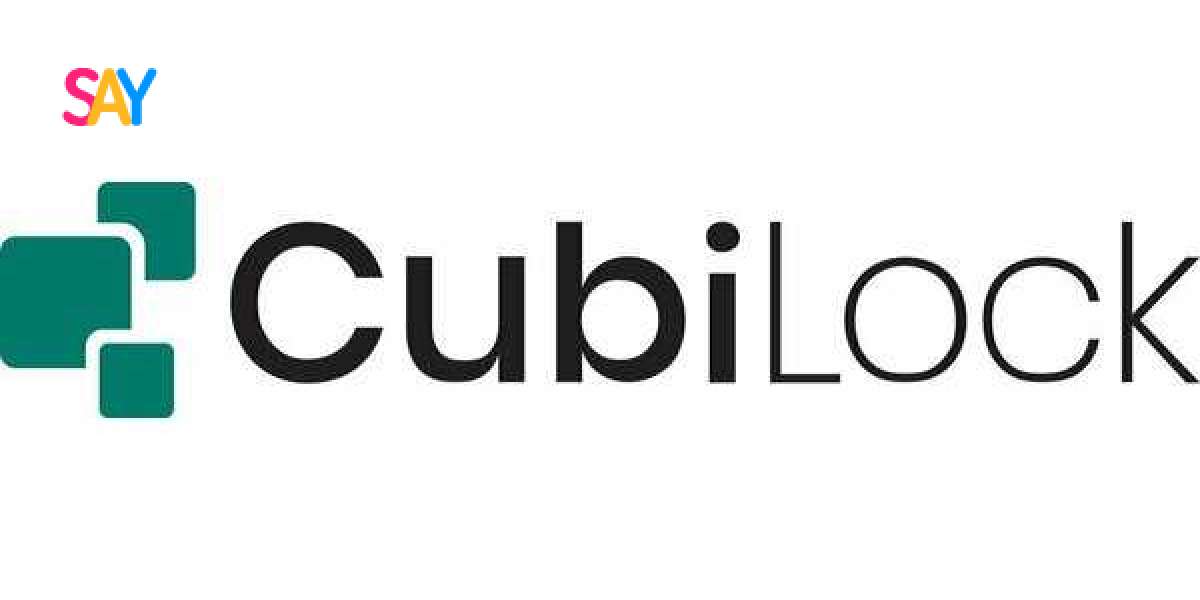Kiosks are becoming increasingly popular in an era dominated by digital advancements, offering a range of benefits across a range of industries. From interactive displays in retail environments to information hubs in public spaces, kiosk mode provides a controlled and streamlined user experience. However, beneath its user-friendly facade lies a complex web of security considerations that must be meticulously addressed.
Introduction to Kiosk Mode:
Kiosk mode, also known as assigned access or single-app mode, restricts a device to running only a specific application or set of applications. This mode is often employed to create dedicated, purpose-driven interfaces, enhancing user engagement and functionality. While the advantages are apparent, understanding the security aspects of kiosk mode is crucial to mitigate potential risks.
Physical Security:
One of the primary concerns with kiosk mode is physical security. Kiosks are often placed in public spaces, making them susceptible to tampering, vandalism, or theft. Ensuring the physical integrity of the kiosk is fundamental to safeguarding sensitive information. Robust enclosures and tamper-evident features can deter unauthorized access, but constant monitoring and periodic physical inspections remain imperative.
User Authentication and Access Control:
Implementing stringent user authentication mechanisms is vital to prevent unauthorized access to the underlying operating system. Password protection, biometric authentication, or smart card systems can be integrated to fortify kiosk security. Access control policies must be configured meticulously, allowing only essential permissions for the kiosk application while restricting access to system settings and sensitive data.
Secure Browser Configuration:
Many kiosk applications rely on web browsers to deliver content and interact with users. Configuring the browser securely is important to prevent malicious activities such as unauthorized browsing or downloading. Disabling unnecessary browser features, such as address bar and right-click options, can enhance security. Additionally, implementing secure browsing practices, like HTTPS, helps protect data in transit.
Monitoring and Logging:
Effective monitoring and logging mechanisms provide insights into the kiosk's operational status and any potential security incidents. Regularly reviewing logs can unveil anomalies or suspicious activities, enabling timely responses to security threats. Integration with centralized logging systems enhances visibility and facilitates proactive security measures.
Updates and Patch Management:
Maintaining the security of a kiosk system necessitates regular updates and patch management. Both the underlying operating system and the kiosk application should be kept up-to-date to address vulnerabilities and mitigate security risks. Automated update mechanisms can streamline this process, ensuring that the kiosk remains resilient against emerging threats.
Network Security:
Kiosks often rely on network connectivity for content updates and user interactions. Securing the network infrastructure is critical to prevent unauthorized access and data interception. Implementing firewalls, using encrypted connections, and employing virtual private networks (VPNs) enhance the overall network security posture of kiosk deployments.
Remote Management and Monitoring:
In scenarios where kiosks are distributed across diverse locations, remote kiosk management capabilities become essential. This allows administrators to monitor the health of kiosks, deploy updates, and address security incidents without physically accessing each device. However, robust authentication and encryption must be in place to secure remote communication channels.
Data Protection and Privacy Compliance:
Kiosk applications often involve the collection and processing of user data. Adhering to data protection and privacy regulations is non-negotiable. Implementing data encryption, anonymization techniques, and obtaining explicit user consent contribute to a robust data protection framework. Compliance with regulations such as GDPR or HIPAA ensures that kiosk deployments prioritize user privacy and legal requirements.
Conclusion:
While kiosk mode enhances user experience and efficiency, it introduces a myriad of security challenges that demand meticulous attention. A holistic approach encompassing physical security, user authentication, secure browser configuration, monitoring, updates, network security, remote device management, and compliance is essential to fortify the digital frontiers that kiosks represent. As technology continues to evolve, so must the security measures surrounding kiosk deployments, ensuring a symbiotic relationship between innovation and safeguarding sensitive information.




